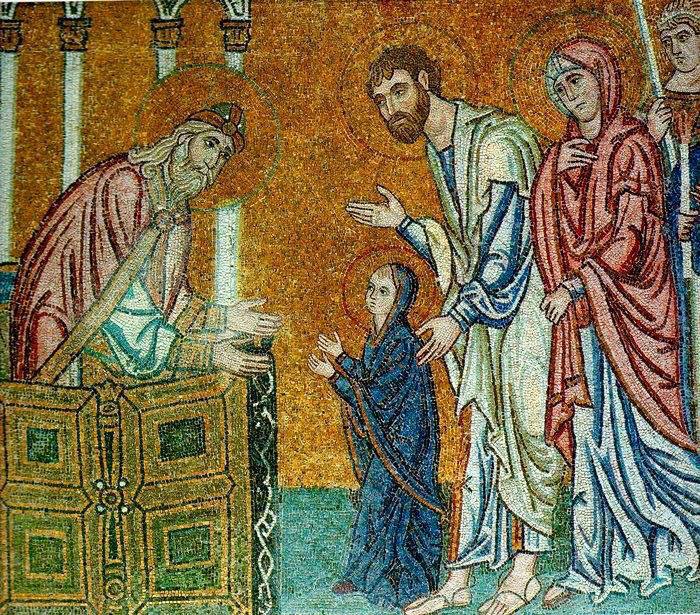 And the child was three years old, and Joachim said: Invite the daughters of the Hebrews that are undefiled, and let them take each a lamp, and let them stand with the lamps burning, that the child may not turn back, and her heart be captivated from the temple of the Lord. And they did so until they went up into the temple of the Lord. And the priest received her, and kissed her, and blessed her, saying: The Lord has magnified your name in all generations. In you, on the last of the days, the Lord will manifest His redemption to the sons of Israel. And he set her down upon the third step of the altar, and the Lord God sent grace upon her; and she danced with her feet, and all the house of Israel loved her. And her parents went down marveling, and praising the Lord God, because the child had not turned back. And Mary was in the temple of the Lord as if she were a dove that dwelt there, and she received food from the hand of an angel.”
And the child was three years old, and Joachim said: Invite the daughters of the Hebrews that are undefiled, and let them take each a lamp, and let them stand with the lamps burning, that the child may not turn back, and her heart be captivated from the temple of the Lord. And they did so until they went up into the temple of the Lord. And the priest received her, and kissed her, and blessed her, saying: The Lord has magnified your name in all generations. In you, on the last of the days, the Lord will manifest His redemption to the sons of Israel. And he set her down upon the third step of the altar, and the Lord God sent grace upon her; and she danced with her feet, and all the house of Israel loved her. And her parents went down marveling, and praising the Lord God, because the child had not turned back. And Mary was in the temple of the Lord as if she were a dove that dwelt there, and she received food from the hand of an angel.”
(Proto-Evangelium of James, chapter 7 and beginning of chapter 8)
One monastic commentator on today’s feast writes:
“A Jerusalem church in honor of the Mother of God was dedicated on this date in the sixth century. A century later, St Andrew of Crete mentions a yearly feast commemorating the entrance of the Theotokos into the Temple.
“The details of the feast are drawn from the apocrypha, such as the Gospel of James, since canonical scripture has no account of the early life of Mary. The setting of the feast is in the temple rebuilt by Zerubabel,, which no longer contained the Ark of the Covenant. In the feast-day icon, the priest and prophet, Zecharaiah, father of John the Baptist, escorts the Virgin into the Holy of Holies. The Theotokos is thus received as the Living Ark, for in the fullness of time, God himself will come to dwell in her.
“The feast, then, is another step in the preparation for the birth of Christ. What began as a legend has been used by the Church for centuries to emphasize the dedication of God’s Mother to service in the Lord’s house, to foretell to all the coming of Christ.
 We know nothing certain about the life of the Prophet Obadiah. The Synaxarion identifies him with the servant of King Ahaz, who left to become a follower of Elijah, but that is not possible, since Obadiah’s prophecy was against Edom, pointing to a time after the exile. He is one of several prophets commemorated in the Phillip’s Fast, and verse 21 can be related to the coming of Jesus into the world: “And deliverers will ascend Mount Zion to rule Mount Esau, and the kingship shall be the Lord’s” (Obadiah 21).
We know nothing certain about the life of the Prophet Obadiah. The Synaxarion identifies him with the servant of King Ahaz, who left to become a follower of Elijah, but that is not possible, since Obadiah’s prophecy was against Edom, pointing to a time after the exile. He is one of several prophets commemorated in the Phillip’s Fast, and verse 21 can be related to the coming of Jesus into the world: “And deliverers will ascend Mount Zion to rule Mount Esau, and the kingship shall be the Lord’s” (Obadiah 21). Read: Ephesians 5:9-19; Luke 12:16-21
Read: Ephesians 5:9-19; Luke 12:16-21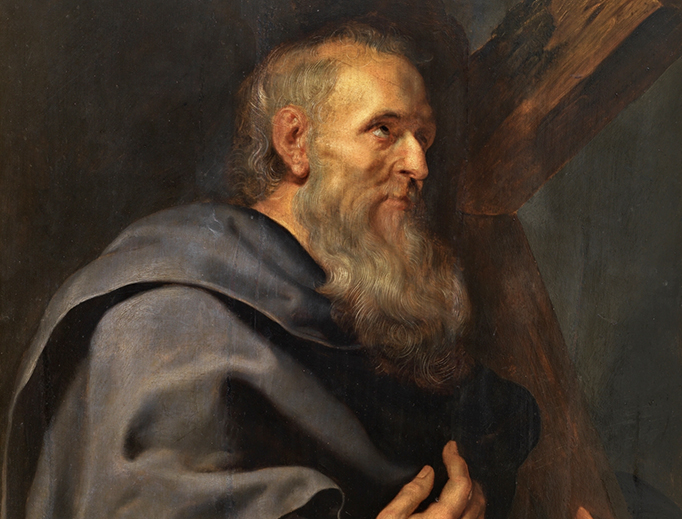 Today begins the Philip’s Fast (Pylypivka), the pre-Christmas fast – the day after the feast of Saint Philip, which was yesterday. The Byzantine Church identifies The Holy and All-Praiseworthy Apostle Philip as one who prepares us for the great time of the year: the Nativity/Theophany of Our Lord.
Today begins the Philip’s Fast (Pylypivka), the pre-Christmas fast – the day after the feast of Saint Philip, which was yesterday. The Byzantine Church identifies The Holy and All-Praiseworthy Apostle Philip as one who prepares us for the great time of the year: the Nativity/Theophany of Our Lord.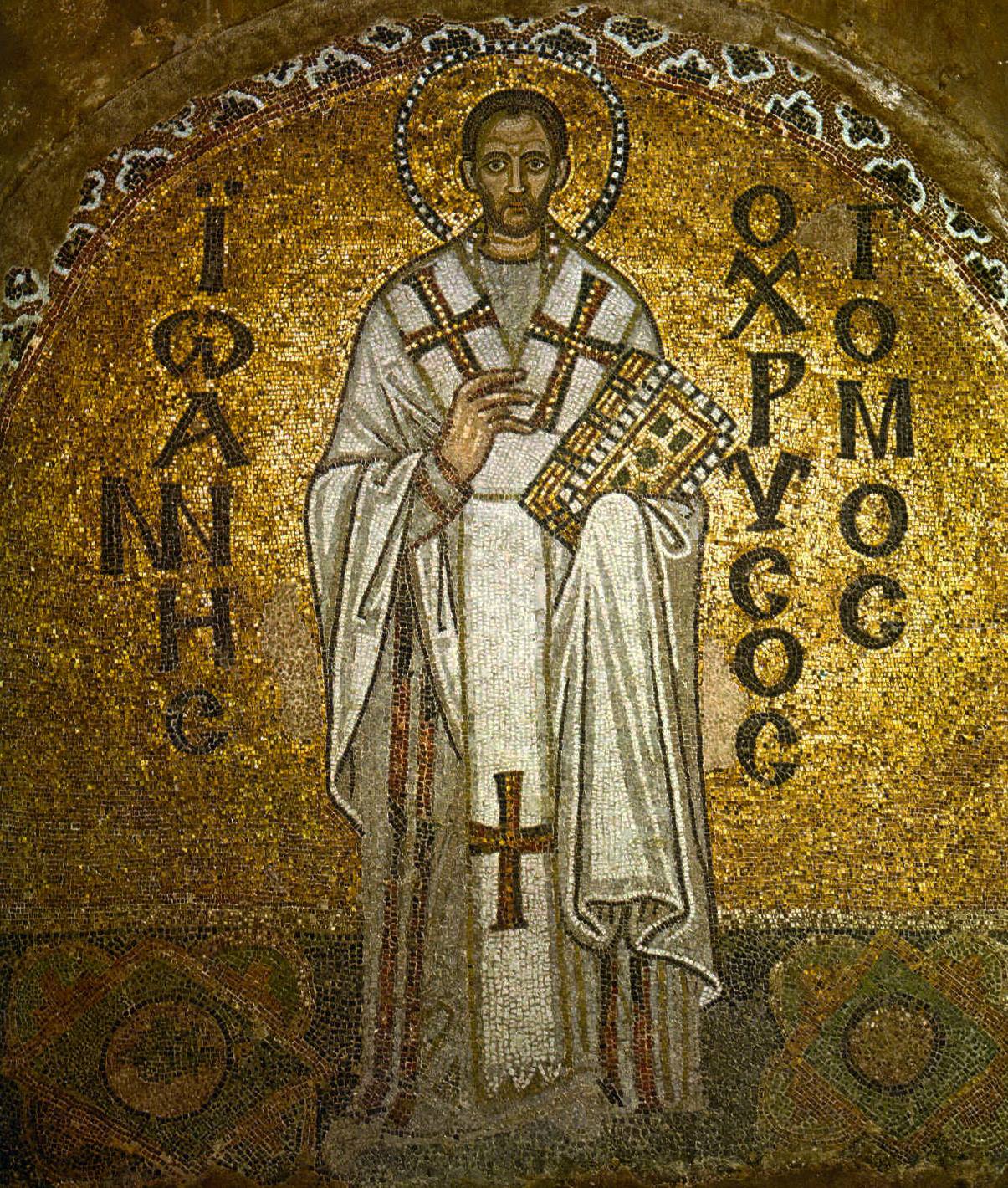 Today is the feast of Our Holy Father, Saint John Chrysostom, Archbishop of Constantinople, whose Divine Liturgy we pray most often. He is one of the most famous saints of both the Greek and the Latin Churches and one of the four great Doctors of the East. He is called “Golden-Tongued” because of his eloquence.
Today is the feast of Our Holy Father, Saint John Chrysostom, Archbishop of Constantinople, whose Divine Liturgy we pray most often. He is one of the most famous saints of both the Greek and the Latin Churches and one of the four great Doctors of the East. He is called “Golden-Tongued” because of his eloquence.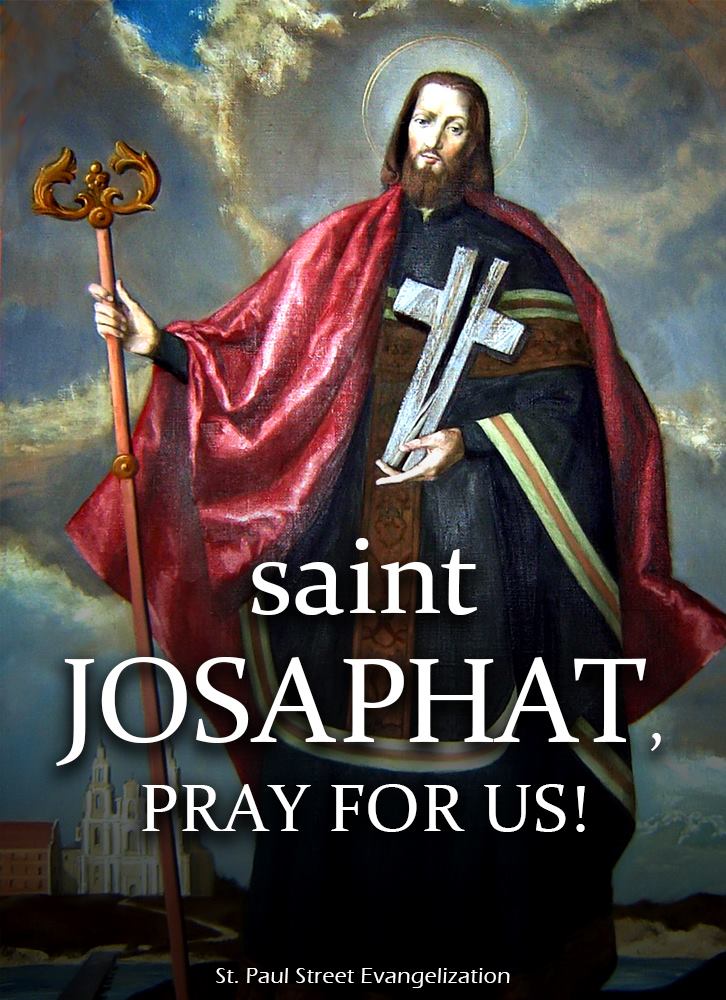 Today is the feast of St. Josaphat
Today is the feast of St. Josaphat Read: Ephesians 4:1-6; Luke 10:25-37
Read: Ephesians 4:1-6; Luke 10:25-37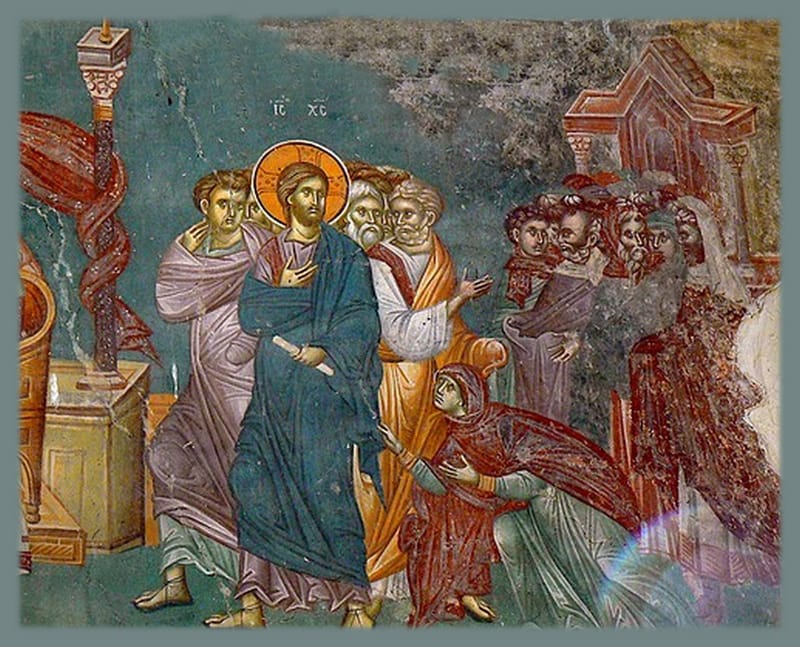 Read: Ephesians 2:14-22; Luke 8:41-56
Read: Ephesians 2:14-22; Luke 8:41-56